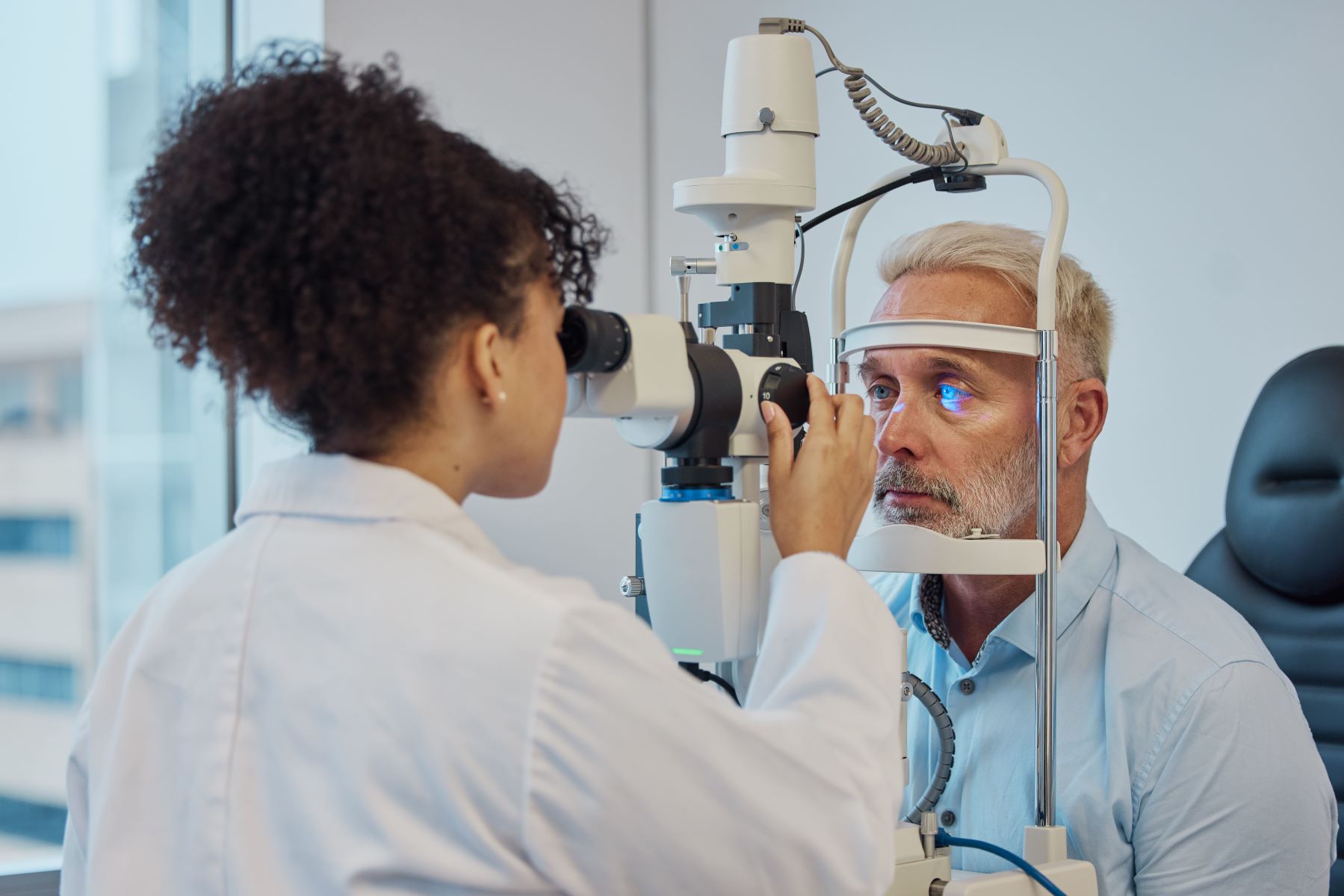
Kyphosis Brachyphalangy Optic Atrophy is a rare genetic disorder that affects multiple parts of the body. Ever wondered what makes this condition unique? Kyphosis refers to a forward curvature of the spine, causing a hunched back. Brachyphalangy means shortened fingers or toes, while optic atrophy involves damage to the optic nerve, leading to vision problems. This combination of symptoms can significantly impact daily life, making awareness crucial. In this article, we'll explore 25 intriguing facts about this condition, shedding light on its causes, symptoms, and management. Whether you're a medical student, a curious reader, or someone affected by the disorder, you'll find valuable information here.
Key Takeaways:
- Kyphosis Brachyphalangy Optic Atrophy is a rare genetic disorder causing spinal curvature, short fingers, and vision loss. Genetic testing and early symptom recognition are crucial for diagnosis and management.
- Living with Kyphosis Brachyphalangy Optic Atrophy can be challenging, but support groups, adaptive devices, and family support can help individuals lead fulfilling lives. Awareness and ongoing research are essential for better resources and treatments.
Understanding Kyphosis Brachyphalangy Optic Atrophy
Kyphosis Brachyphalangy Optic Atrophy is a rare genetic disorder. It affects multiple systems in the body, including the spine, fingers, and eyes. Here are some intriguing facts about this condition.
-
Rare Genetic Disorder: This condition is extremely rare, with only a few documented cases worldwide.
-
Spinal Deformity: Kyphosis refers to a forward curvature of the spine, often resulting in a hunched back.
-
Short Fingers: Brachyphalangy means having unusually short fingers or toes due to underdeveloped bones.
-
Vision Problems: Optic atrophy involves the degeneration of the optic nerve, leading to vision loss.
Causes and Genetics
The underlying causes and genetic factors of Kyphosis Brachyphalangy Optic Atrophy are complex. Understanding these can help in diagnosis and management.
-
Genetic Mutation: The disorder is caused by mutations in specific genes, though the exact genes involved are still being studied.
-
Inheritance Pattern: It is often inherited in an autosomal dominant pattern, meaning one copy of the altered gene is enough to cause the disorder.
-
Spontaneous Mutation: In some cases, the condition arises from a new mutation in the gene, with no family history.
-
Genetic Testing: Genetic testing can help identify the mutation, aiding in diagnosis and family planning.
Symptoms and Diagnosis
Recognizing the symptoms early can lead to better management of the condition. Here are some key symptoms and diagnostic methods.
-
Hunched Back: One of the most noticeable symptoms is a pronounced curvature of the spine.
-
Short Digits: Individuals often have noticeably short fingers and toes.
-
Vision Loss: Progressive vision loss due to optic nerve damage is a significant symptom.
-
Developmental Delays: Some patients may experience delays in physical development due to skeletal abnormalities.
-
MRI and CT Scans: Imaging techniques like MRI and CT scans are used to assess spinal deformities and optic nerve damage.
Treatment and Management
While there is no cure, various treatments can help manage the symptoms and improve quality of life.
-
Physical Therapy: Regular physical therapy can help manage spinal deformities and improve mobility.
-
Surgery: In severe cases, surgical intervention may be necessary to correct spinal curvature.
-
Vision Aids: Devices like glasses or magnifiers can help manage vision loss.
-
Pain Management: Medications and therapies can help manage chronic pain associated with the condition.
-
Regular Monitoring: Regular check-ups with specialists are crucial for managing the condition effectively.
Living with Kyphosis Brachyphalangy Optic Atrophy
Living with this condition can be challenging, but with the right support and resources, individuals can lead fulfilling lives.
-
Support Groups: Joining support groups can provide emotional support and practical advice.
-
Adaptive Devices: Using adaptive devices can help with daily activities and improve independence.
-
Educational Support: Special educational support may be needed for children with developmental delays.
-
Mental Health: Mental health support is crucial for coping with the emotional challenges of living with a chronic condition.
-
Family Support: Families play a vital role in providing care and support.
-
Awareness and Advocacy: Raising awareness about the condition can help in advocating for better resources and support.
-
Research and Advances: Ongoing research is crucial for understanding the condition better and developing new treatments.
Final Thoughts on Kyphosis Brachyphalangy Optic Atrophy
Kyphosis Brachyphalangy Optic Atrophy, while rare, offers a fascinating glimpse into the complexities of genetic disorders. Understanding its symptoms, causes, and treatments can help those affected and their families navigate this challenging condition. Early diagnosis and intervention play crucial roles in managing the symptoms and improving quality of life. Genetic counseling can provide valuable insights for families, helping them make informed decisions about their health.
Staying informed about the latest research and advancements in treatment options is essential. Support groups and online communities can offer emotional support and practical advice. By spreading awareness and fostering a supportive environment, we can make a positive impact on the lives of those affected by this condition. Remember, knowledge is power, and staying educated about Kyphosis Brachyphalangy Optic Atrophy can lead to better outcomes for everyone involved.
Frequently Asked Questions
Was this page helpful?
Our commitment to delivering trustworthy and engaging content is at the heart of what we do. Each fact on our site is contributed by real users like you, bringing a wealth of diverse insights and information. To ensure the highest standards of accuracy and reliability, our dedicated editors meticulously review each submission. This process guarantees that the facts we share are not only fascinating but also credible. Trust in our commitment to quality and authenticity as you explore and learn with us.
